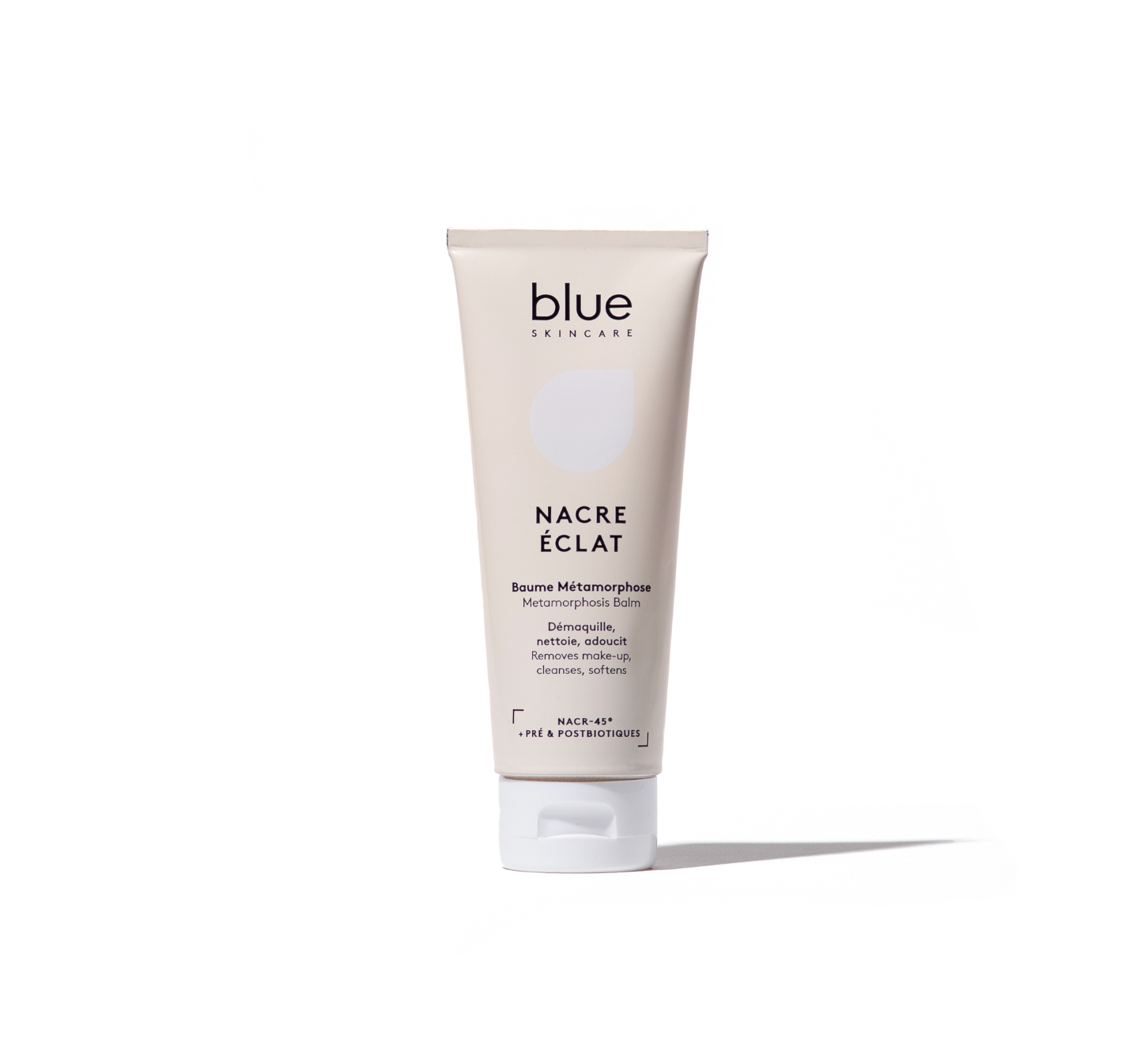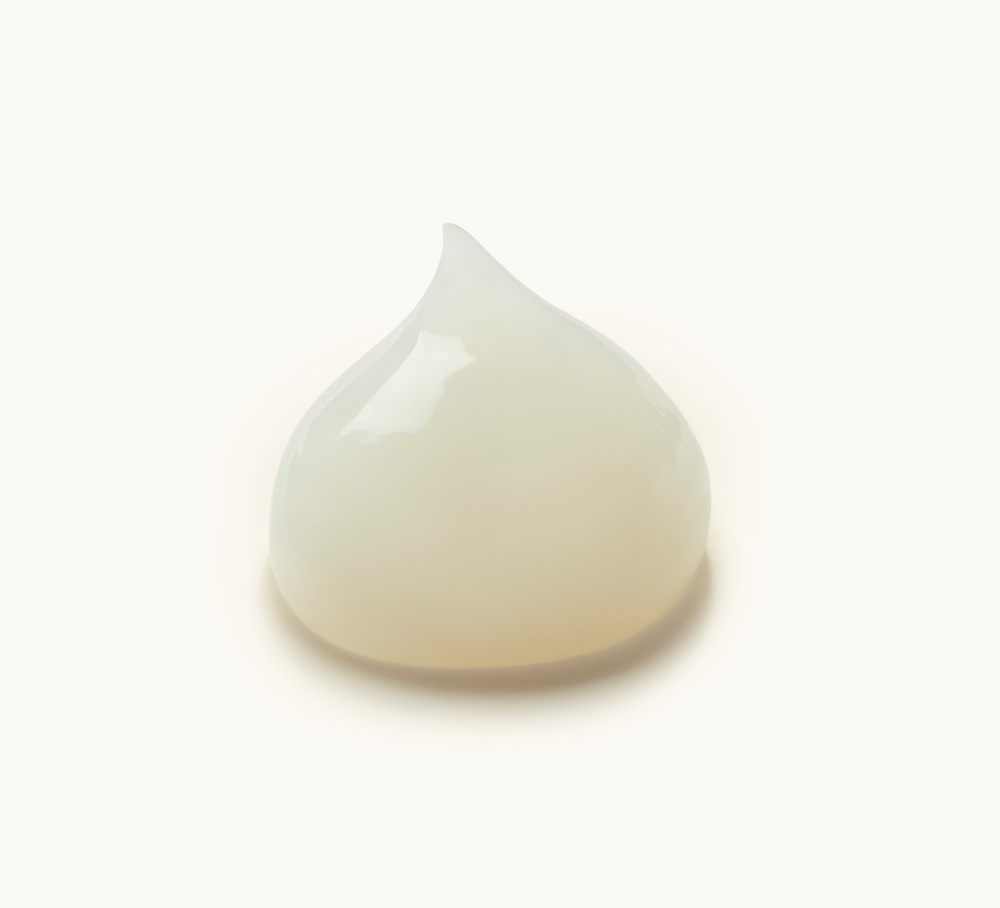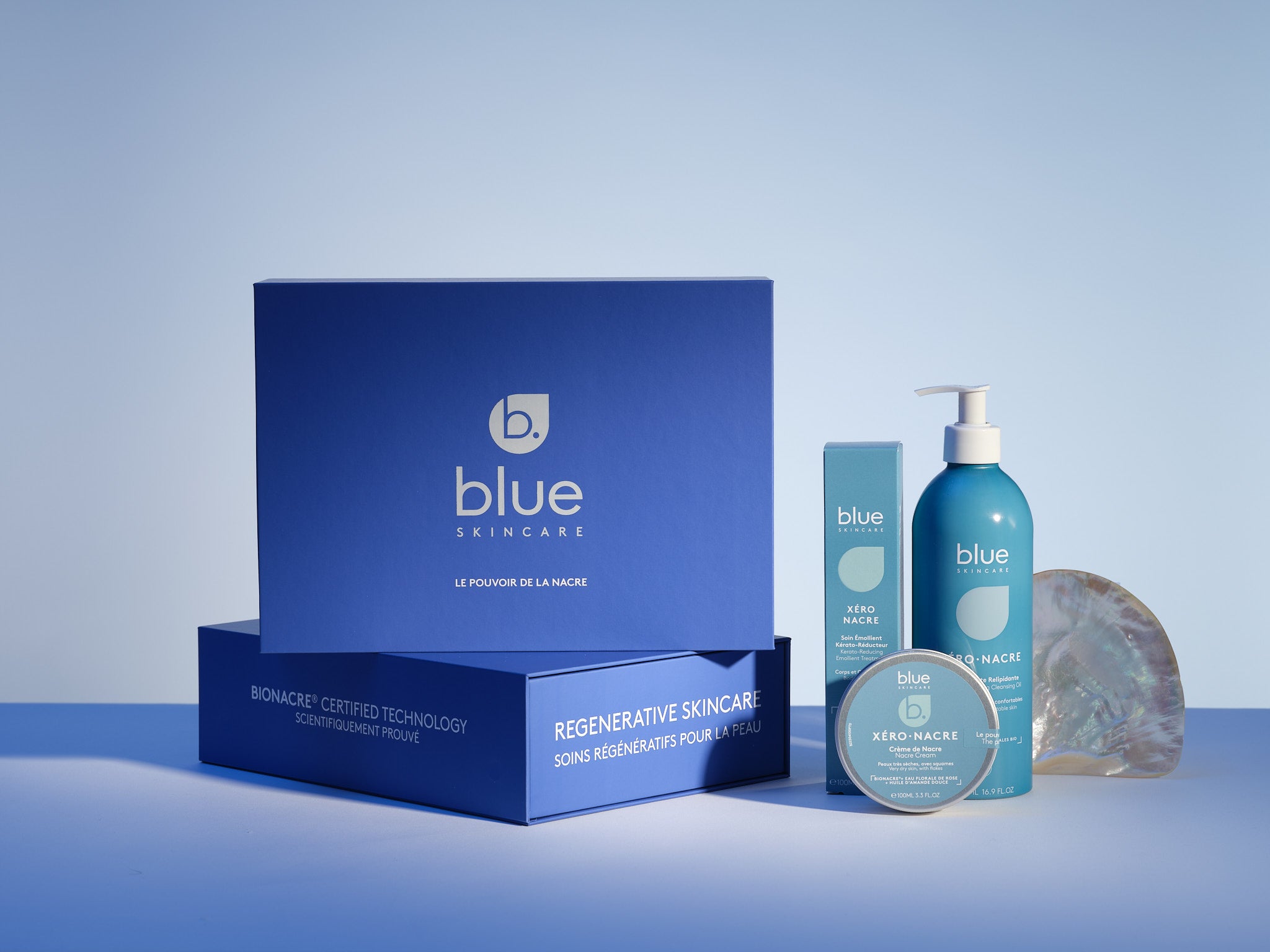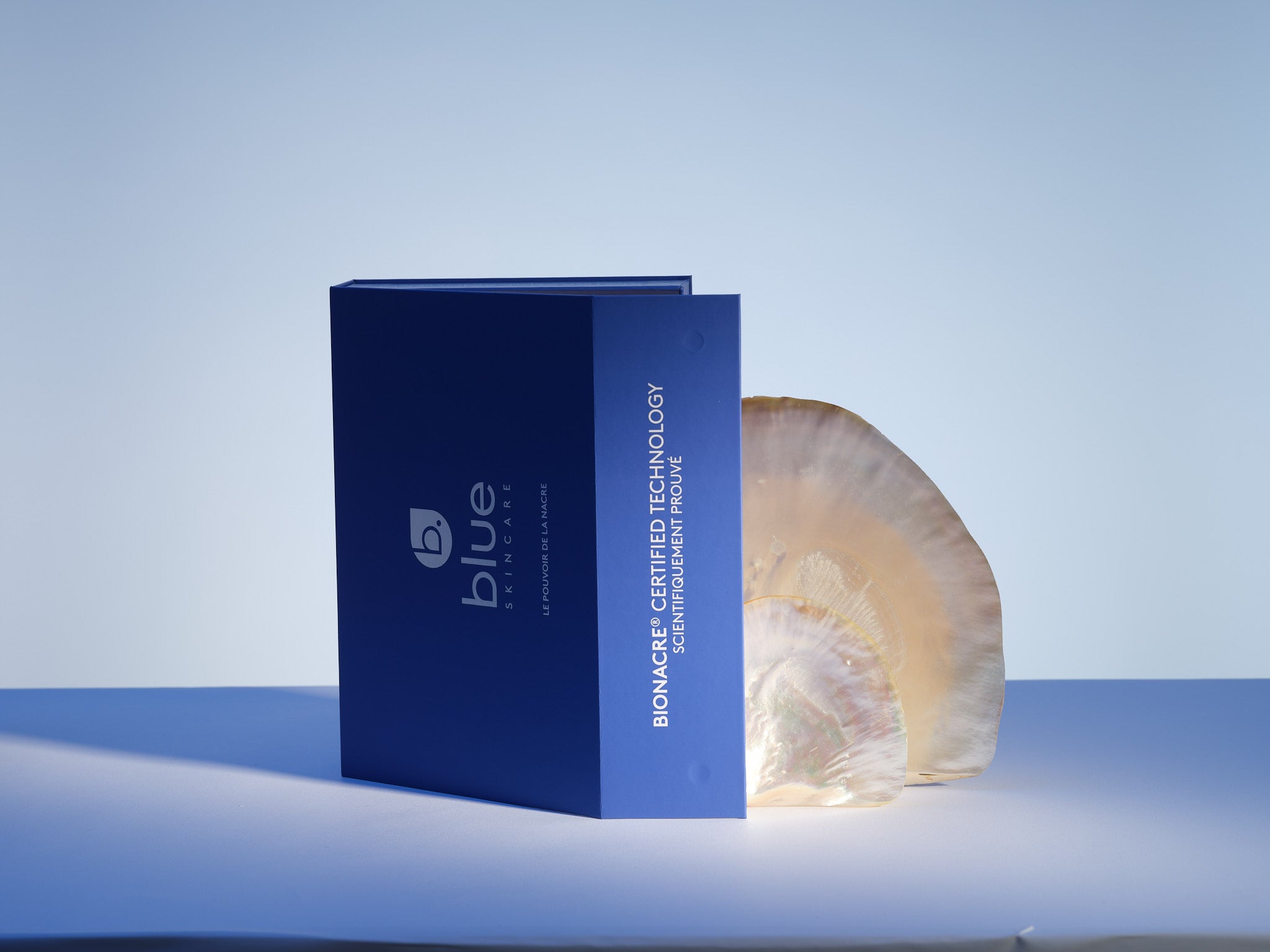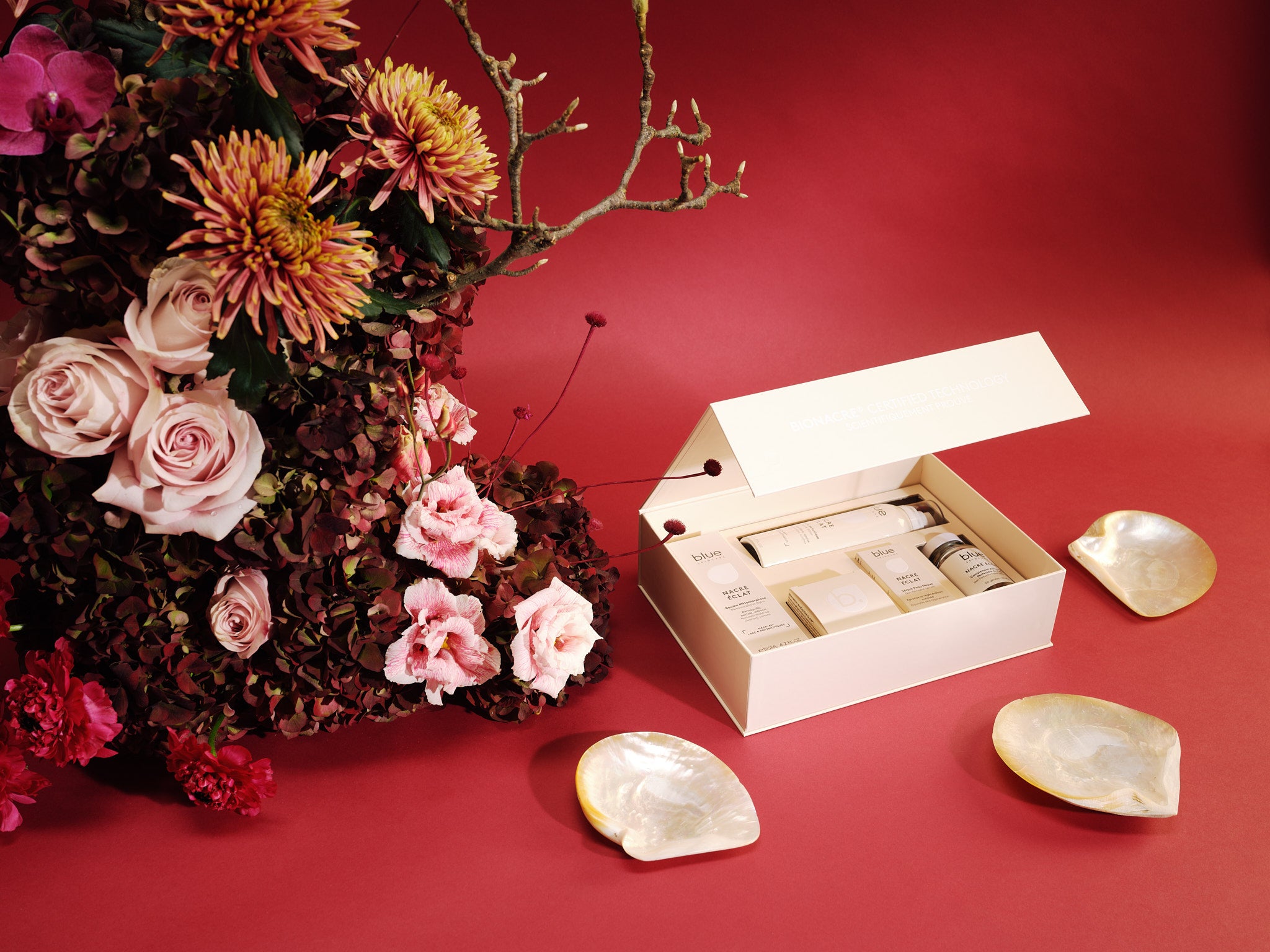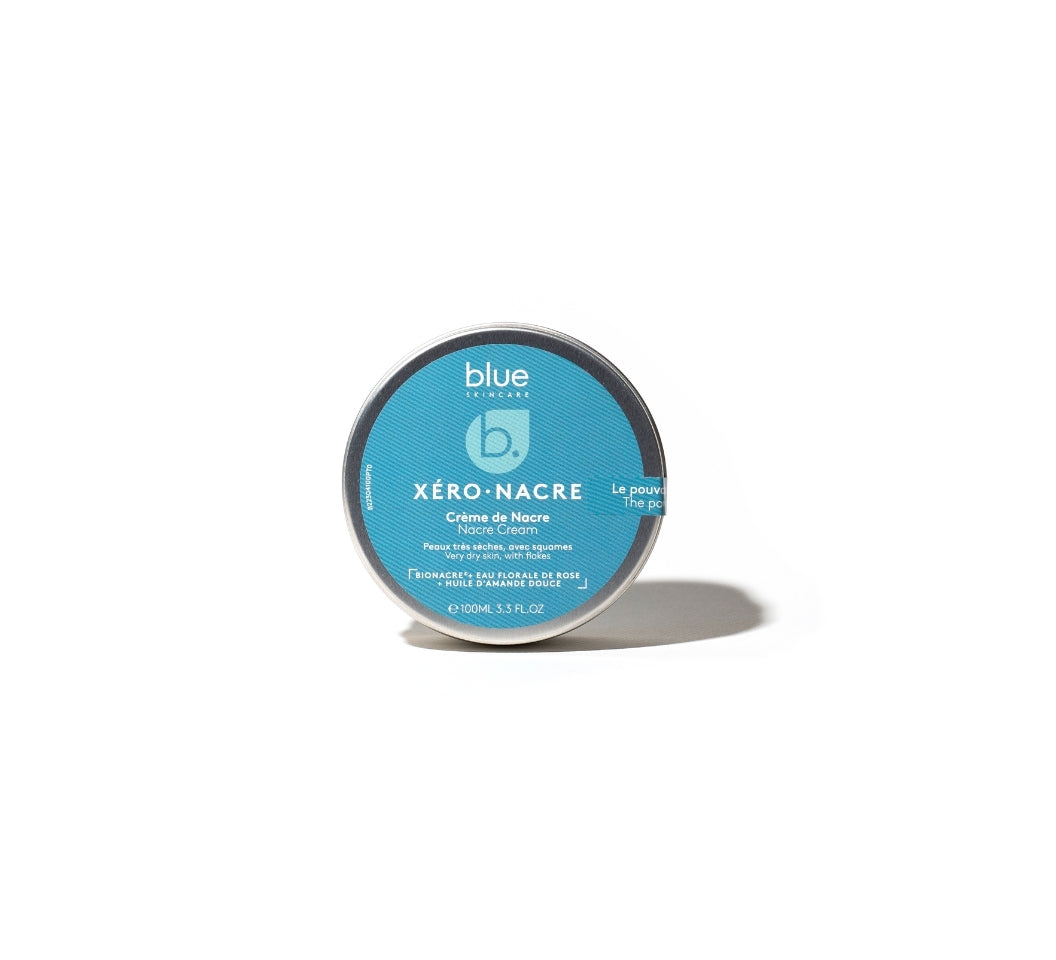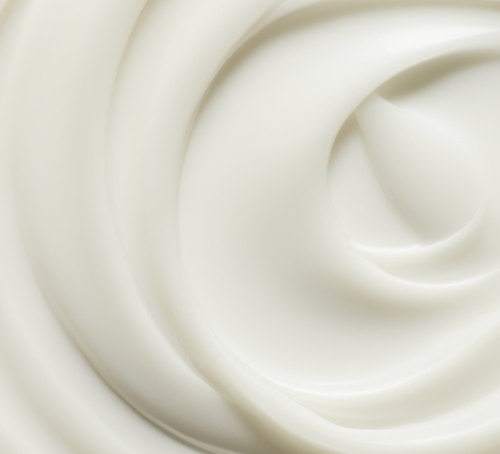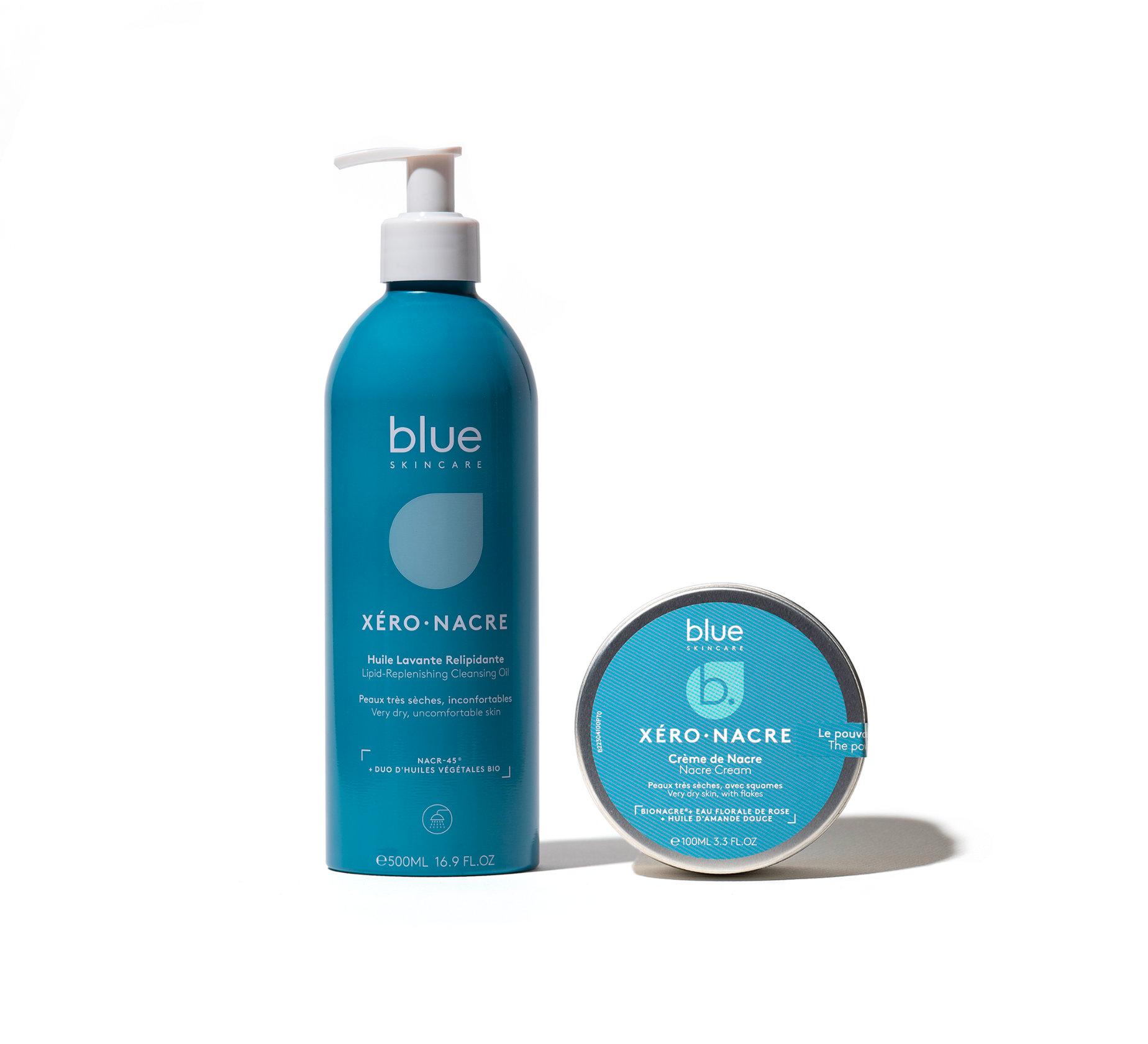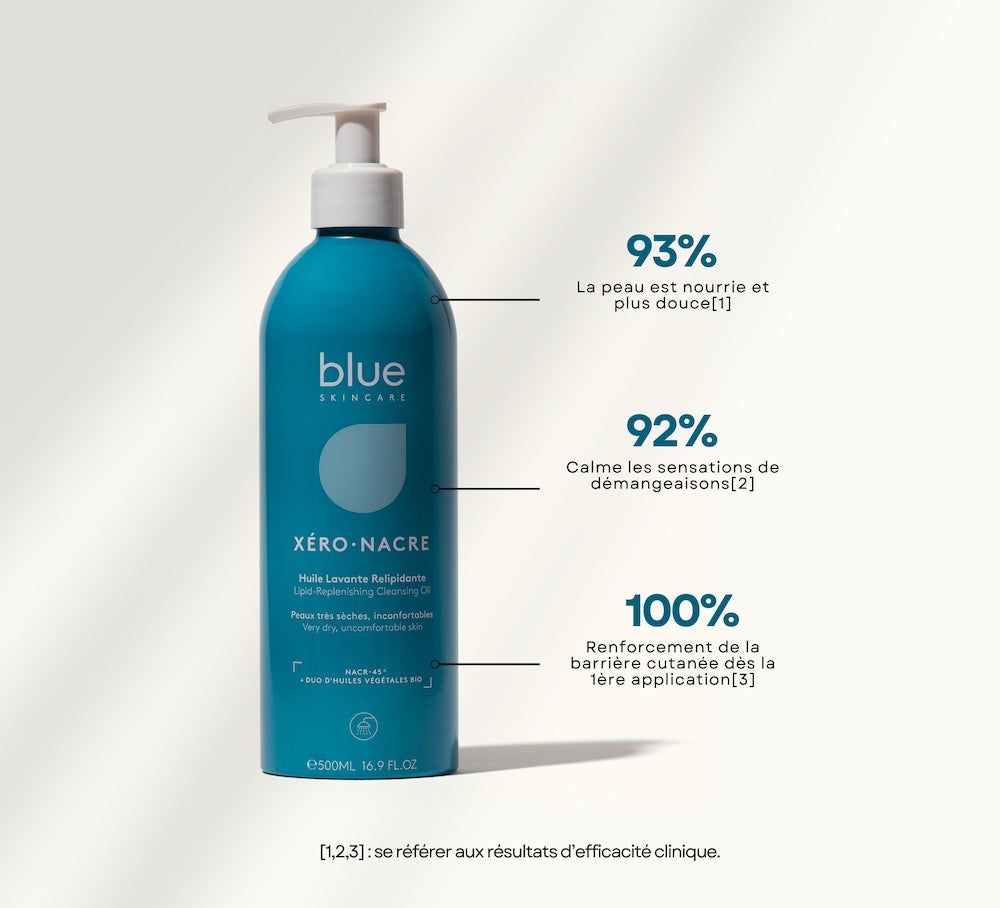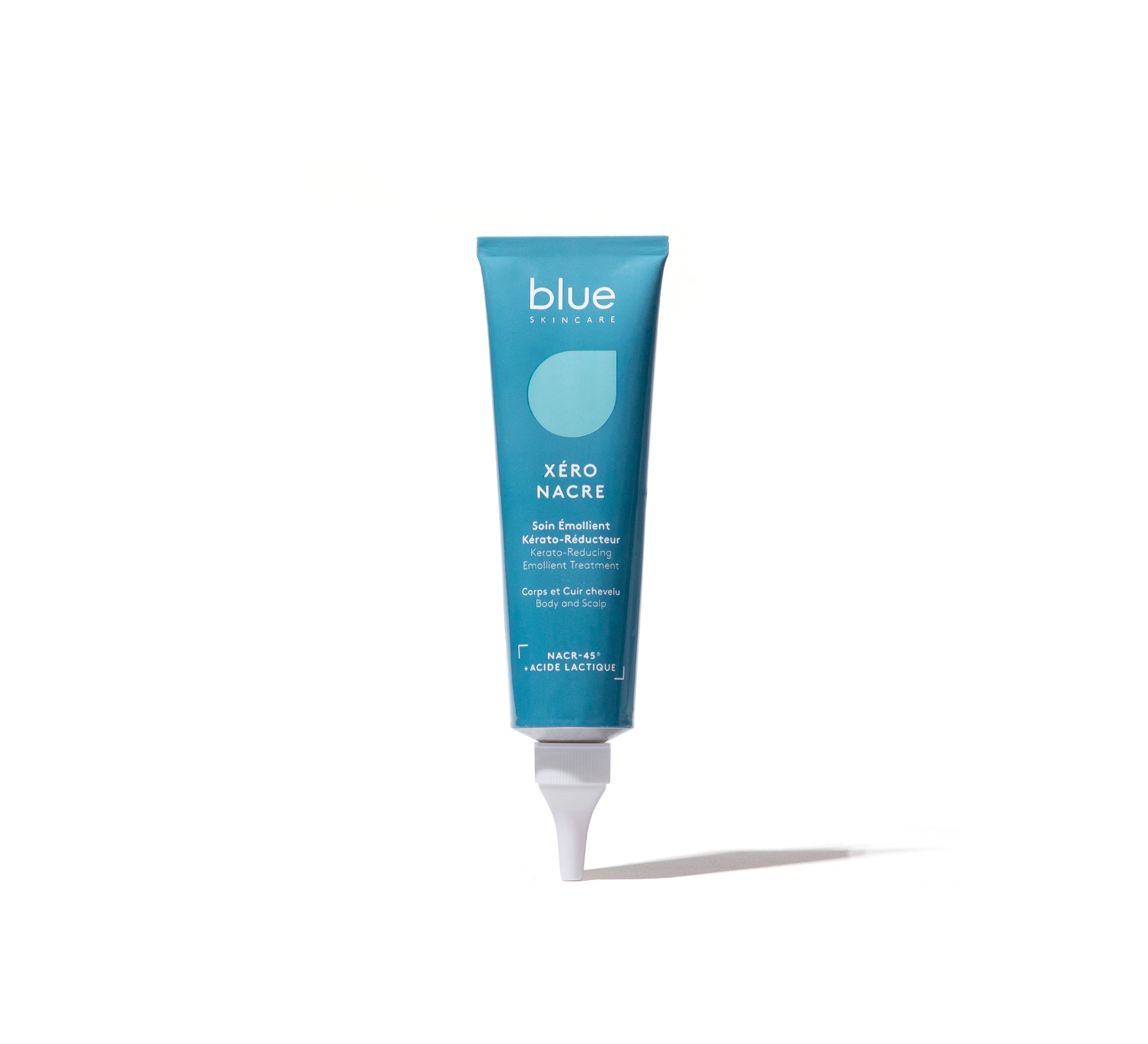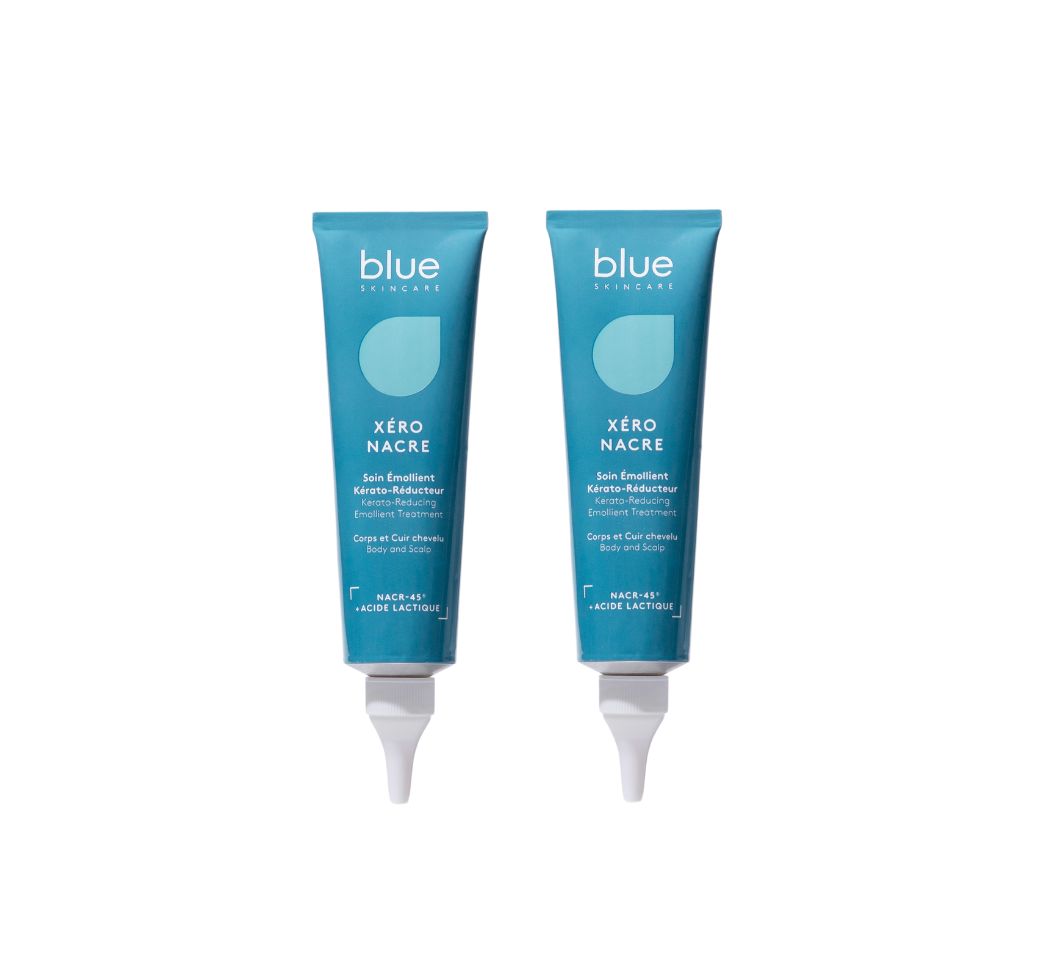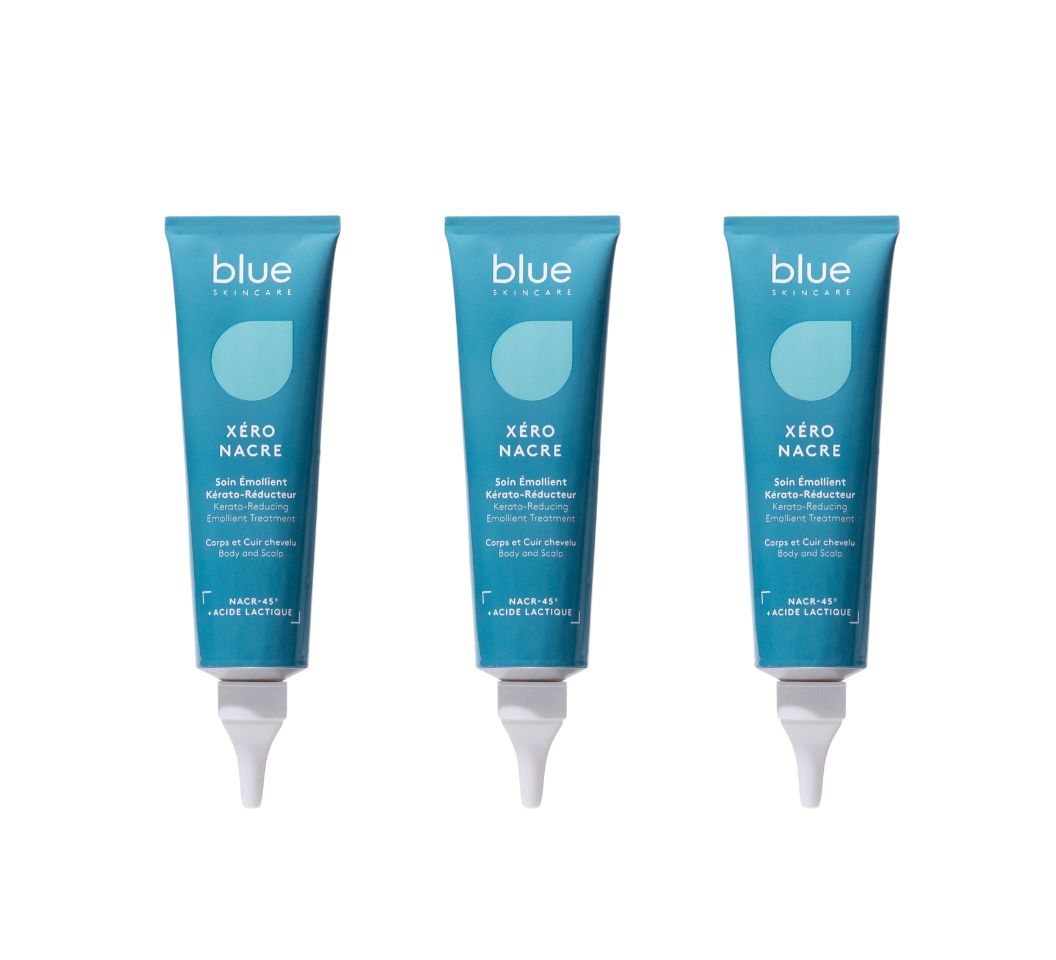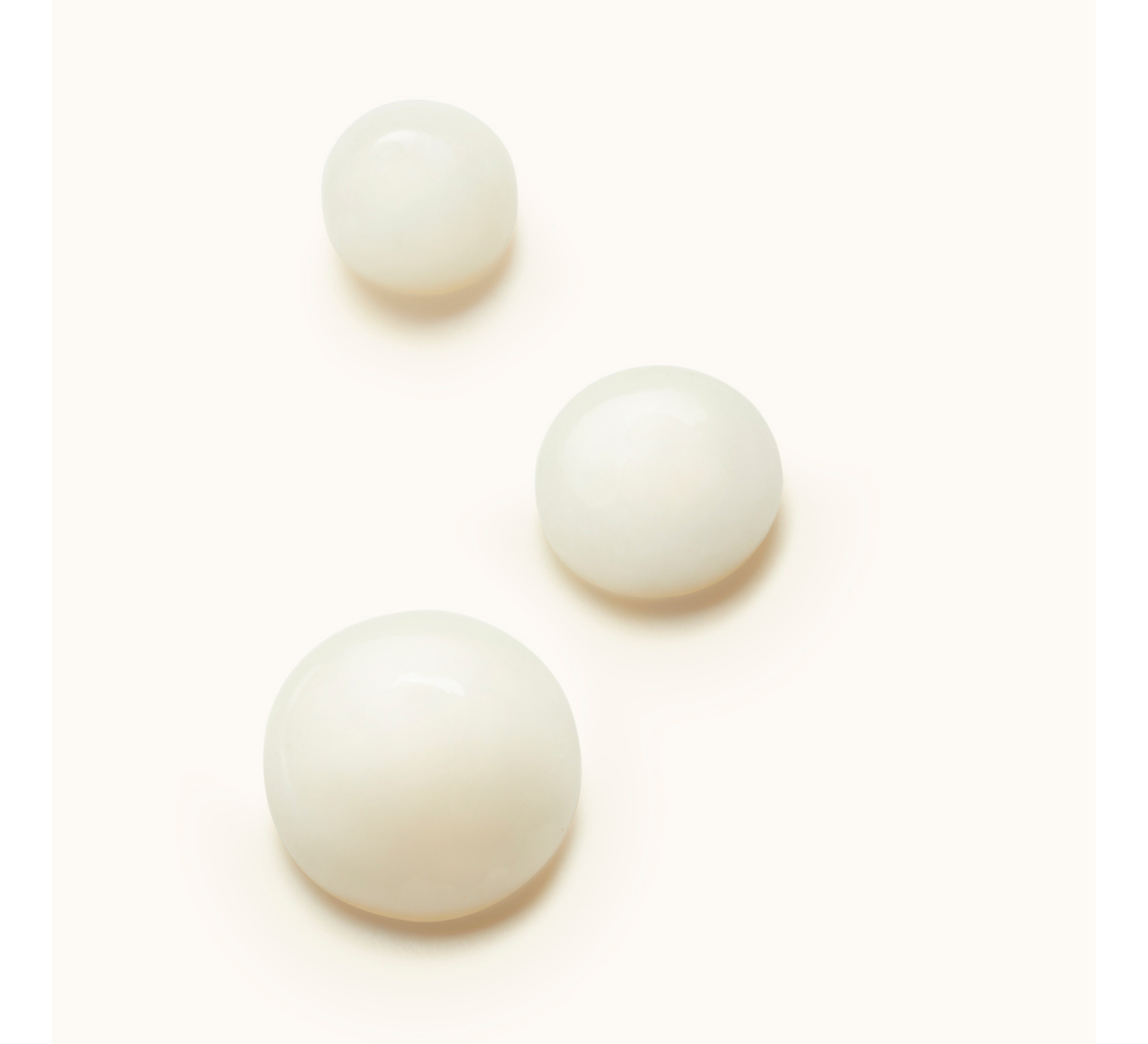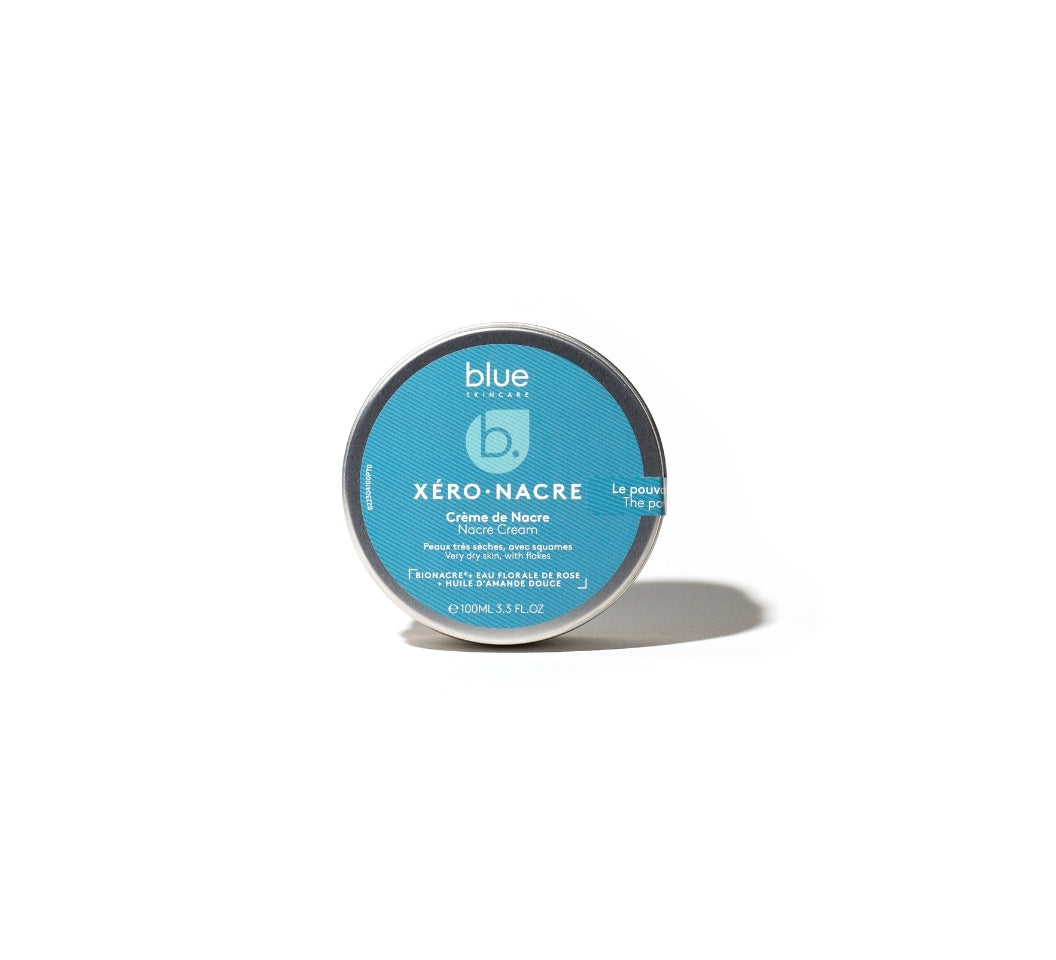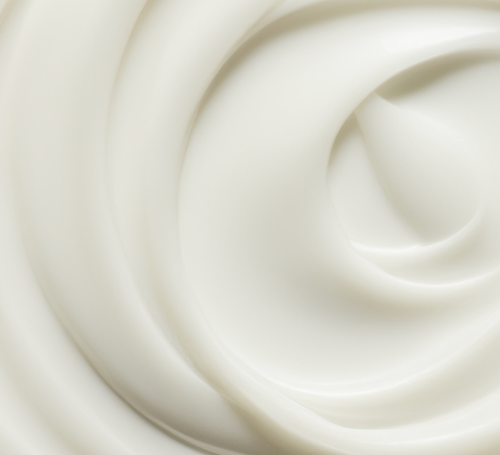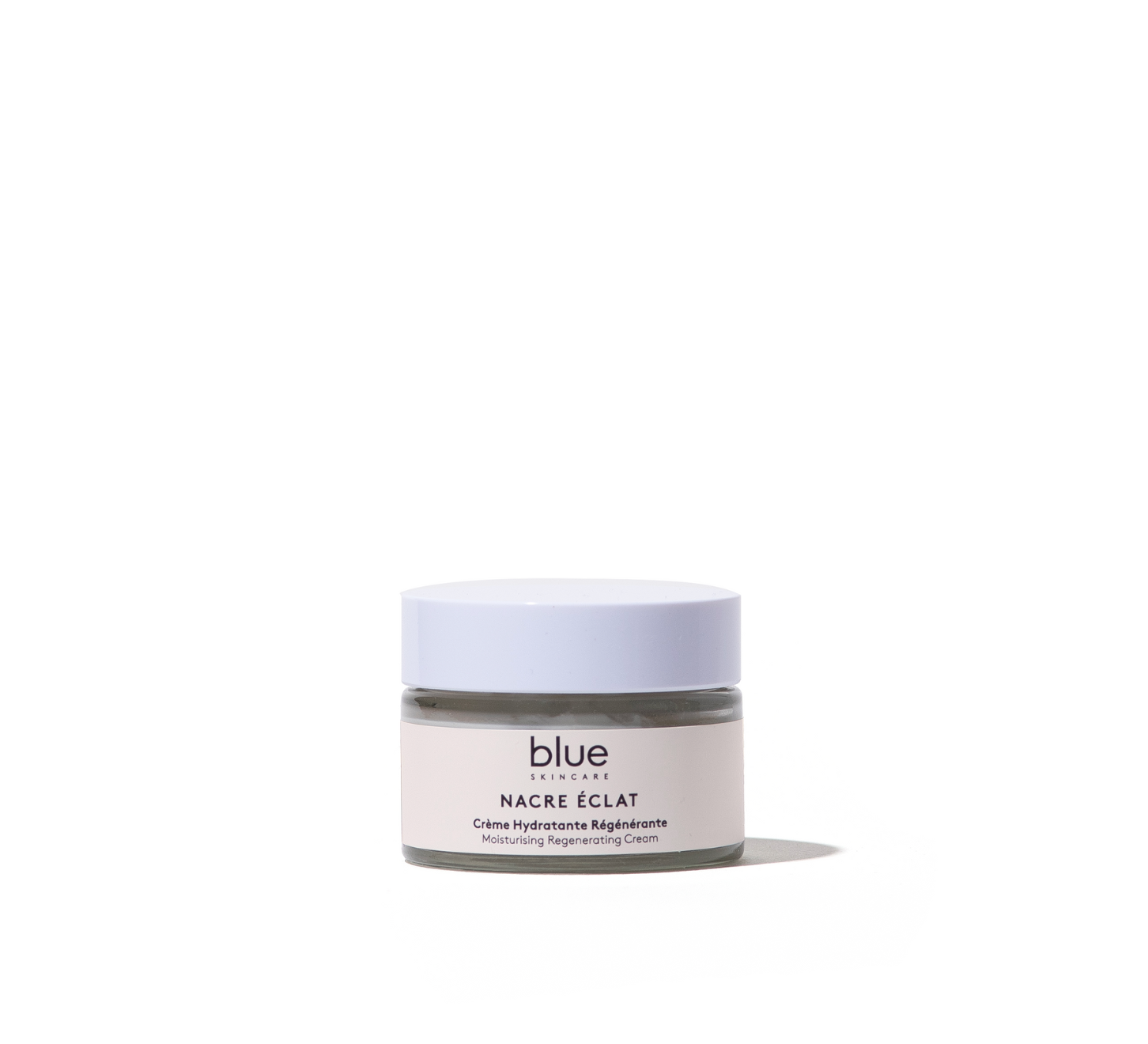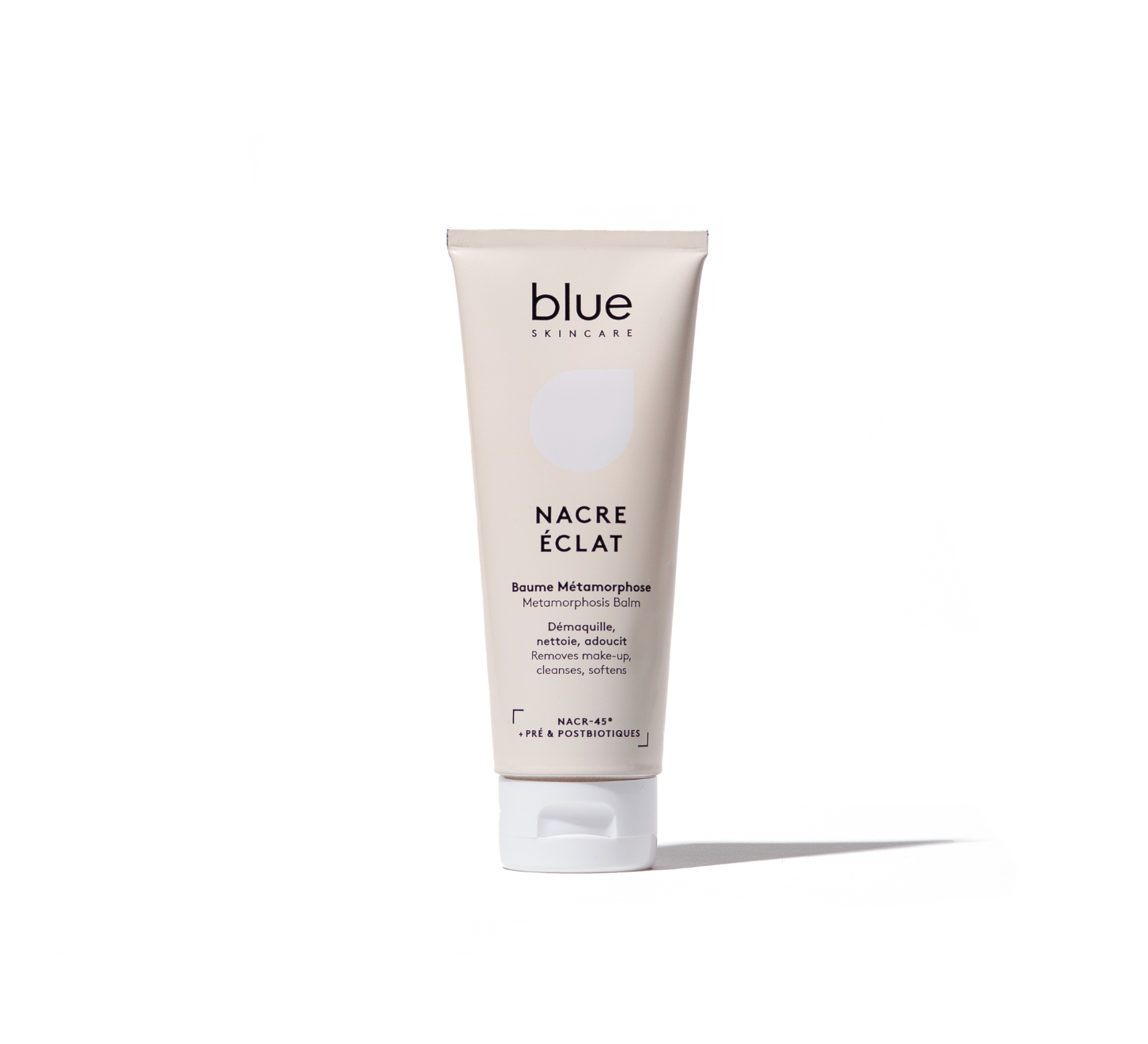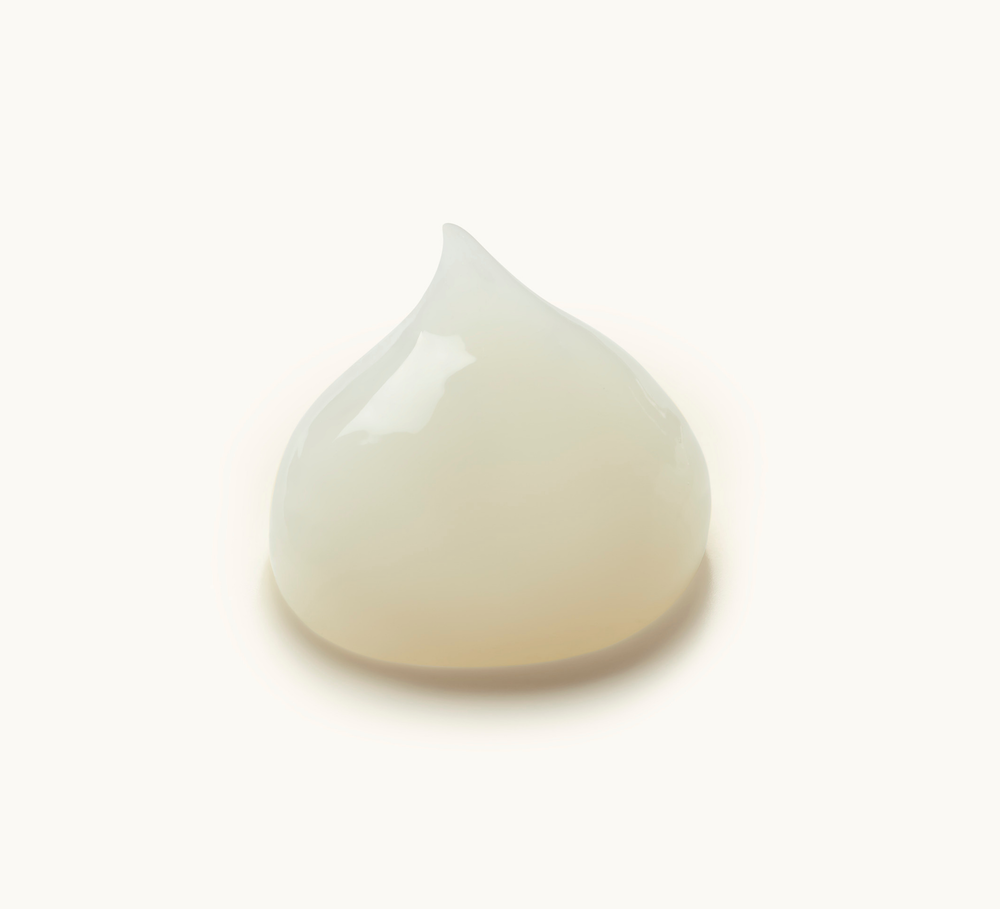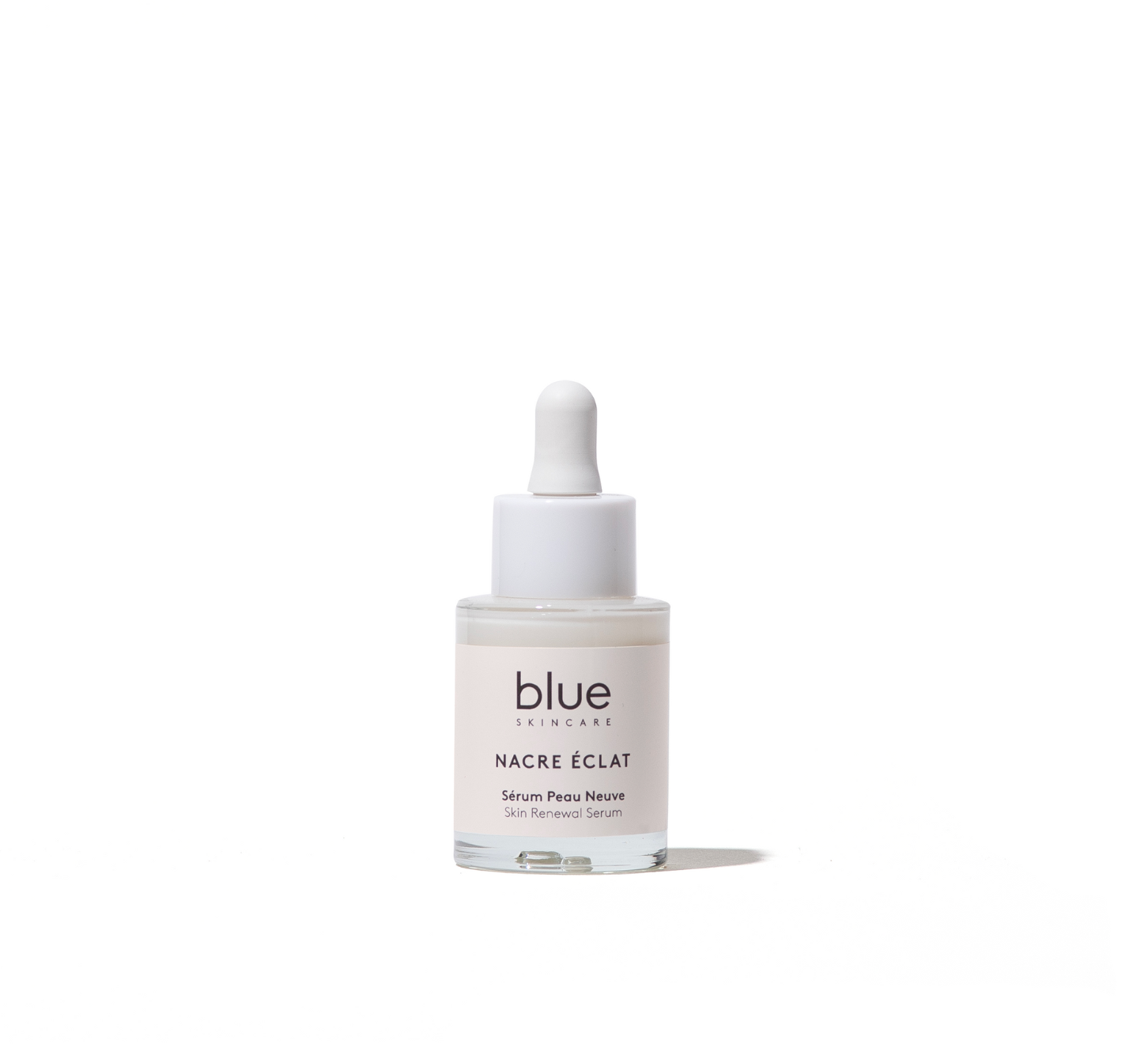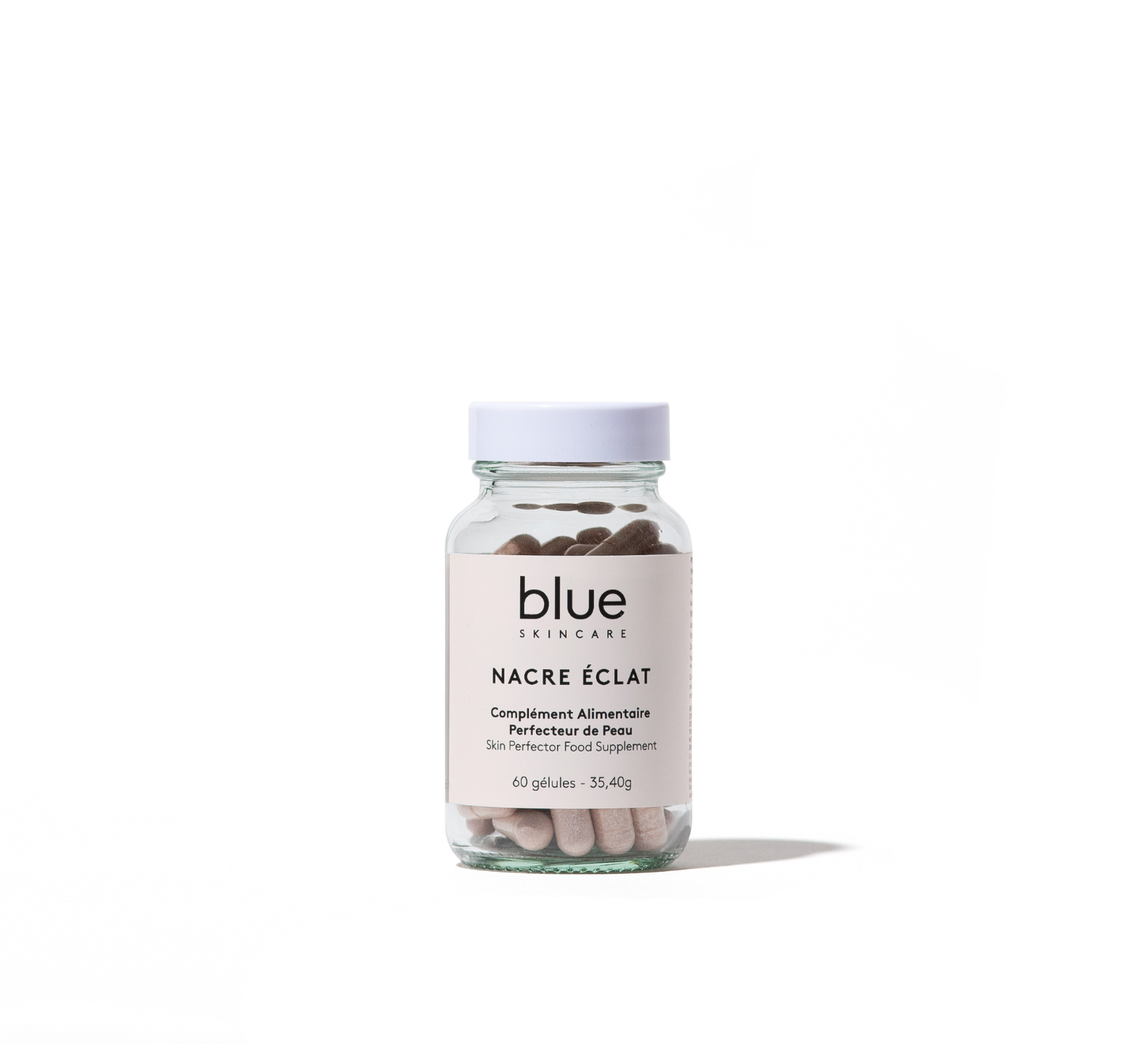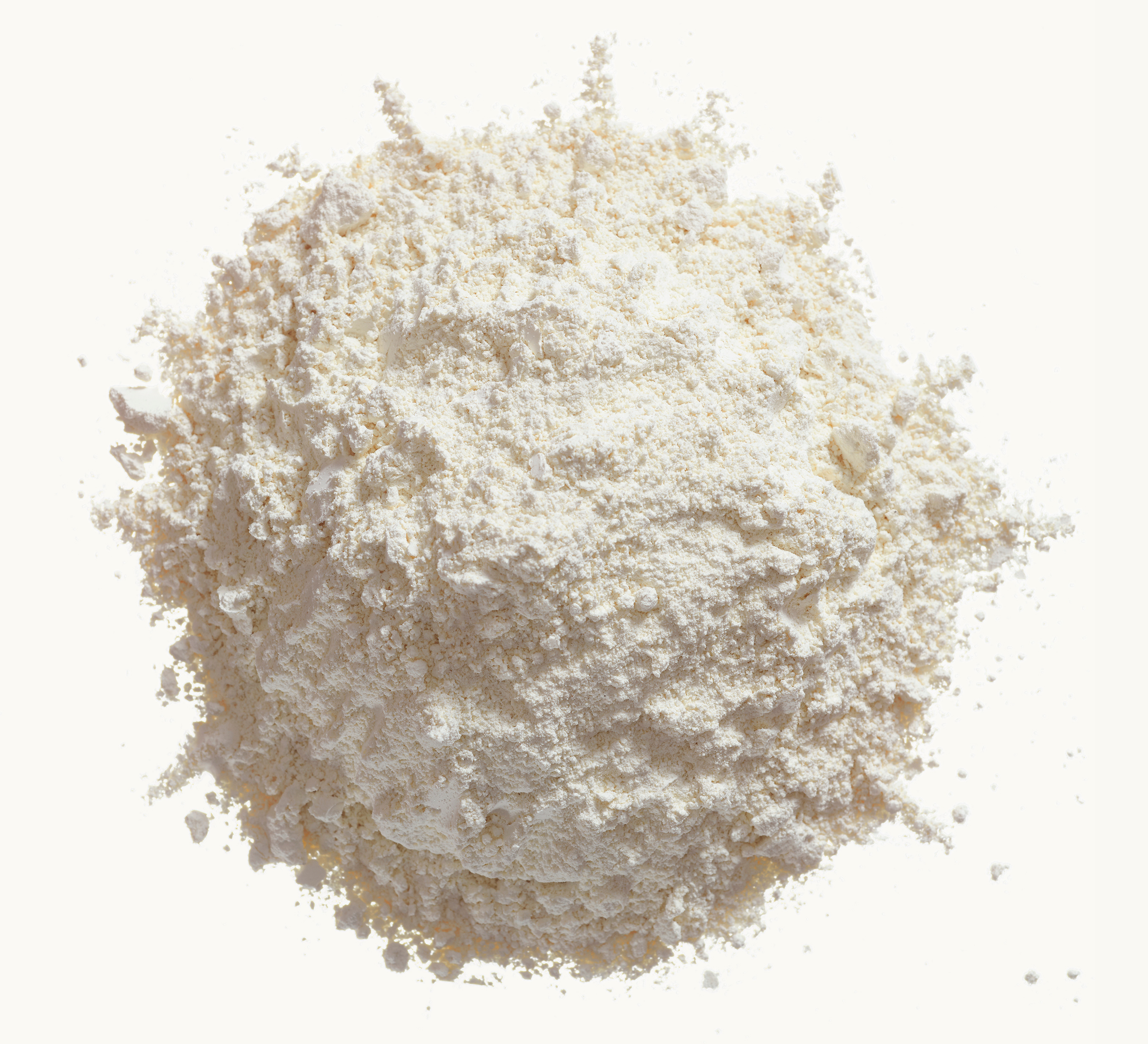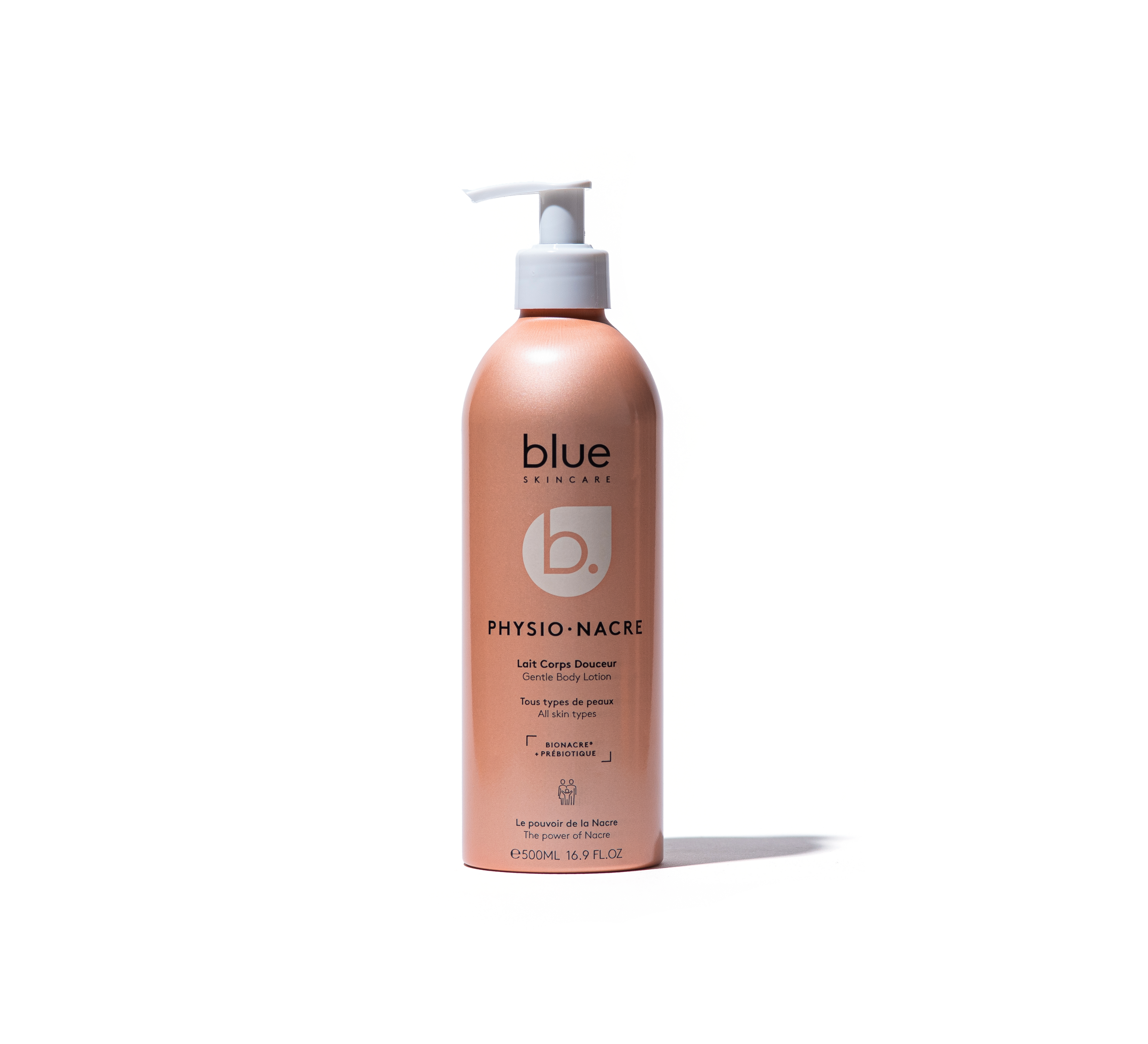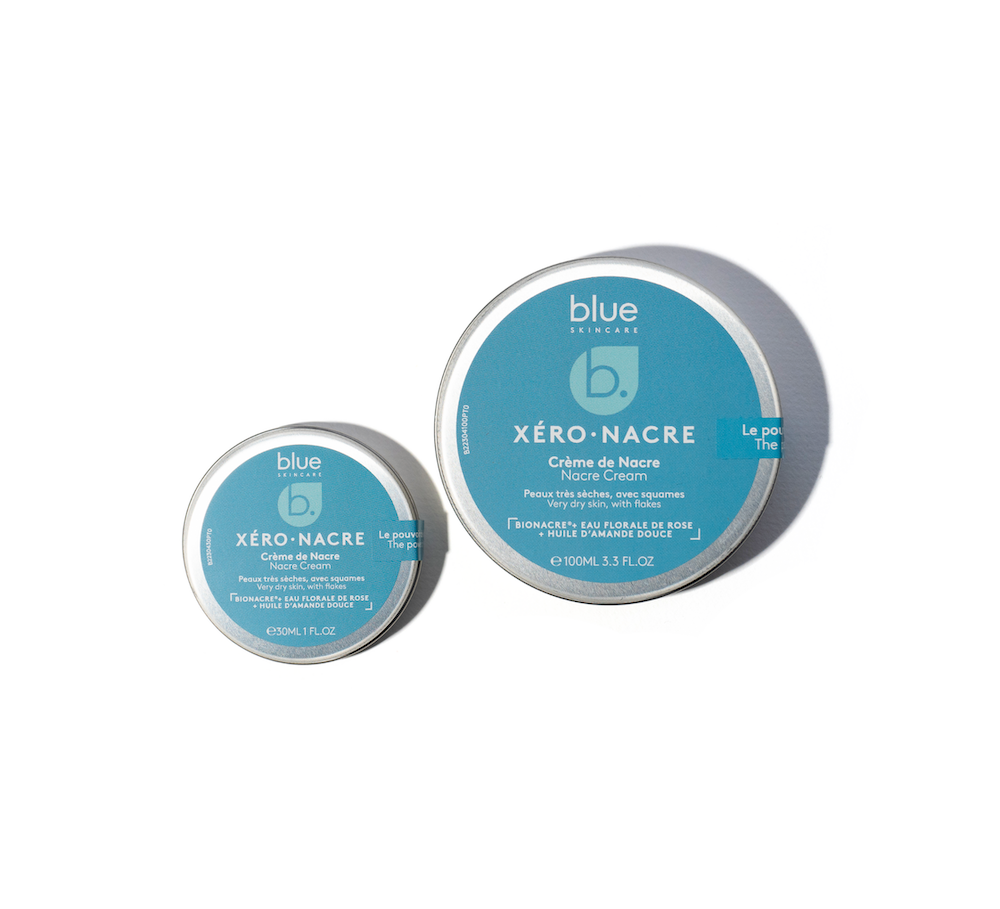We are talking more and more about this "living" food that consumer society tends to forget. What exactly is living food? What are its benefits for your health? How to introduce it to your plate?
A long, long time ago, humans ate raw foods , berries or animals. Everything was consumed immediately because fire was then only a frightening and devastating element. But it was not strictly speaking a living diet. The first nutritionist to have made this concept official was Ann Wigmore, born in 1909 in Lithuania. When she was diagnosed with breast cancer, she decided to treat herself mainly through diet, which she changed completely by integrating only foods rich in enzymes and nutrients such as raw or fermented fruits and vegetables, sprouted seeds, certain cereals, nuts, herbal juices . A living diet, which can also be called raw foodism, praises the benefits of foods that have not been cooked and have therefore retained their nutrients and vitamins.
The “living” before the plate
According to experts, nutritionists, naturopaths, dieticians… the living has everything good. Why? Because living foods are balls of energy that transmit the latter to those who consume them raw. By transitivity, the living generates or, at the very least, maintains the living. Vital energy, vital momentum, vitality balance, gravitate around the same axis: the living. And, in an even more subtle way, when we are interested in this concept, we see further than the end of our plate.
Respect the vitality of the food
To enjoy the nutritional benefits of a food, it is not enough to cook it brilliantly. But to start integrating its vitality from the first contact… Because living food is born in the way we look at what we are going to put on our plate. Choose consciously , knowing the path taken by the food, visualizing or imagining the farmer who grew the wheat, the baker who kneaded the dough, the market gardener who harvested the fruits and vegetables. The living is born with what each person impacted in the production process was able to (positively) put into it. Of course, not everything is controllable and there are inevitably imperfections, jostling, haste, stagnation in warehouses, etc. But the more good intentions and values there are around production, harvesting, distribution, preparation, the more the living is respected. The human being being a being of vibrations, polarities, energy, he breathes what he is into what he prepares. Thus, a meal cooked in haste, without pleasure and by constraint, will not have the same flavors as one that will have been prepared by devoting the right time, the right intention and pleasure.

Because, as Dr. Pierre Joyau, author with Cyrile Laporte of "The New Food Revolution " published by Mango, likes to remind us, "We are what we eat, what we think, what we breathe, what we move" , being aware of this is already putting life into your diet. And these notions, encounters between energy and nutrition, are seemingly nothing, coming from quantum sciences.
The “living” on the plate





Eating like we do in the blue zones , from Lomo Linda in California, to Okinawa in Japan, via Ikaria in Greece or Nicoya in Costa Rica, means preferring plants and raw foods by combining them with a healthy lifestyle, made up ofphysical exercise , quality rest and social connection. This virtuous combination alchemizes living food. Raw foods are in their whole (and living) form and not broken down, dissociated and "dead". Indeed, life is created thanks to enzymes that are at the origin of all chemical reactions inside the body. These enzymes are proteins whose role is to generate chemical reactions at the heart of cells. However, they are quickly destroyed by cooking (from 42°!) in the same way as many vitamins (from 60° for vitamin C, 90° for B, 100° for minerals and trace elements). Without them, foods lose much of their virtues. It is therefore by sparing foods from destructive cooking that raw foods retain their living character.
Attention to conservation
It is important to ensure that food is properly stored and that expiry dates are respected in order to avoid any risk of poisoning. While bacteria, viruses, fungi or parasites proliferate in all foods, they are particularly likely to multiply in raw foods, as they are no longer neutralized (completely or partially) by cooking. Beware of sprouted seeds and “homemade” fermented foods because these two preparations must be made in strict compliance with the key steps, at the risk of becoming real toxic potions. So, are we going for it anyway? Yes, because cooking everything and the meager space left for raw foods on our plates creates a real deficiency in fundamental nutrients. The threshold not to be crossed to benefit from “raw” status? The fateful 42°. This is why some restaurants have opted for this name that only insiders can understand…
The typical living plate





Odile Chabrillac, naturopath, Director of the Institute of Humanist Naturopathy, advocates raw food for around 70% of our plate, "while adapting to our living conditions, our climate, and the temperatures". The favorite plate of naturopaths is composed of egg yolks, good quality and organic fresh dairy products, oilseeds such as almonds, hazelnuts, all kinds of nuts, sunflower seeds, sesame, seawater or freshwater algae, certain sprouted cereals and legumes, fresh pollen, mushrooms, fresh or dried fruits, raw vegetables and their juices, avocados (seasonal and locally produced), coconuts, herbs, spices, condiments, chlorophyll, homemade plant-based milks (made from almonds, oats, hazelnuts, etc.), raw chocolate. But eating alive is not limited to eating raw (for example, raw meat and fish are dead…), the rule is above all to favor natural food , unprocessed, unpasteurized, organic, without fertilizers or pesticides, most of the time sprouted or lactofermented. Everything that is sprouted, in full growth, is a real “bomb” of nutrients in motion, pushed by this surge of life of the fruit or vegetable in the making. Also think about the birch sap cure, harvested in the spring, it is a real cure of rejuvenation and detox for an organism that is just waiting to get out of winter.
Living is better because…
Super energizing, living food allows you to stock up on quality nutrients and avoid the post-meal energy slump. It also ensures a fresher complexion, hair, skin and nails in top condition with, as a bonus, lower cholesterol, fewer cravings and a boosted immune system. The opposite of processed foods, living foods have no drawbacks and do not create deficiencies. Super modified, too sweet, too fatty, processed foods are very costly in energy for the body which must over-adapt to process them and limit their harmful effects. The best known? The acidification of the blood which causes the body to compensate by drawing on its mineral reserves (in particular in the nails, hair, bones, etc.) to neutralize this acidity. In addition to nutrients, living foods are rich in antioxidants, cell protectors but also in fiber, the key to good transit and natural and daily detoxification. And while switching to all-raw is neither essential nor suitable for everyone, introducing it gently into your diet is a health card to play without hesitation. Eating cooked and hot is not only comforting but also not without its benefits: a good soup obtained after gentle cooking provides its share of vitamins and fiber. As a bonus, cooking is already a form of first digestion of food and allows people with a lazy digestive system to eat comfortably.
The living to drink too!

Water is the vital drink par excellence, it is what allows cellular communication, pure communication, carrying a message unpolluted by the addition of sugars, tea, coffee, fruits. Water can then fully play its role as a cellular catalyst. In addition, but never instead, we can drink infusions of fresh plants, tea, quality coffee, fermented fruit juices. We exclude empty and dead industrial drinks from our shopping cart. Also overprocessed, pasteurized fruit juices and vegetable milks, often polluted by added sugars and salts, have lost almost all of their vitamins.
Live drinks are fresh, seasonal, and unpasteurized. They must be kept cool, away from light, and enjoyed within a very short time. Cold-pressed to preserve minerals and vitamins, fresh fruits or oilseeds are respected and remain a source of energy and vitality. To avoid excess sugar , choose juices that combine vegetables and fruits such as beetroot, carrots, apples, ginger, or broccoli, ginger, and turmeric. Also opt for fermented juices, which are alive thanks to the presence of a natural bacteria, ideal for the good health of the microbiota.
Recipe for homemade juice.
- You need a juice extractor, a one-liter bottle, a kilo of vegetables of your choice (carrot, celery, beetroot or other), an onion, 150 grams of cabbage, 2 tablespoons of sauerkraut juice or a sachet of ferments for fresh vegetables (in a health food store), two teaspoons of salt.
- Peel your vegetables, add the onion, cabbage and put everything through the juice extractor. Pour the juice into the bottle and add the sauerkraut juice or the sachet of ferments.
- Close the bottle tightly but remember to open the cap once a day to release the pressure naturally created by the fermentation of the vegetables. Do this for three days in a row, taking care to shake the bottle every day, morning and evening, to prevent the mixture from going moldy.
- After four to five days, fermentation is complete, you can then store your juice in the refrigerator to stabilize it and consume it as you wish.
- Also alive is birch sap, which is harvested every year in the spring and sold once a year and consumed as a three-week cure to both detoxify and revitalize the body.
Because instinctively the living calls to the living, get started and gradually introduce raw, fermented vegetables and juices into your menus. Your microbiota, which lines the digestive tract, is alive and carries around ten thousand billion bacteria that constitute the first ramparts of the immune system, the very one that protects us from all kinds of pathologies. And allows us to simply stay… alive!
